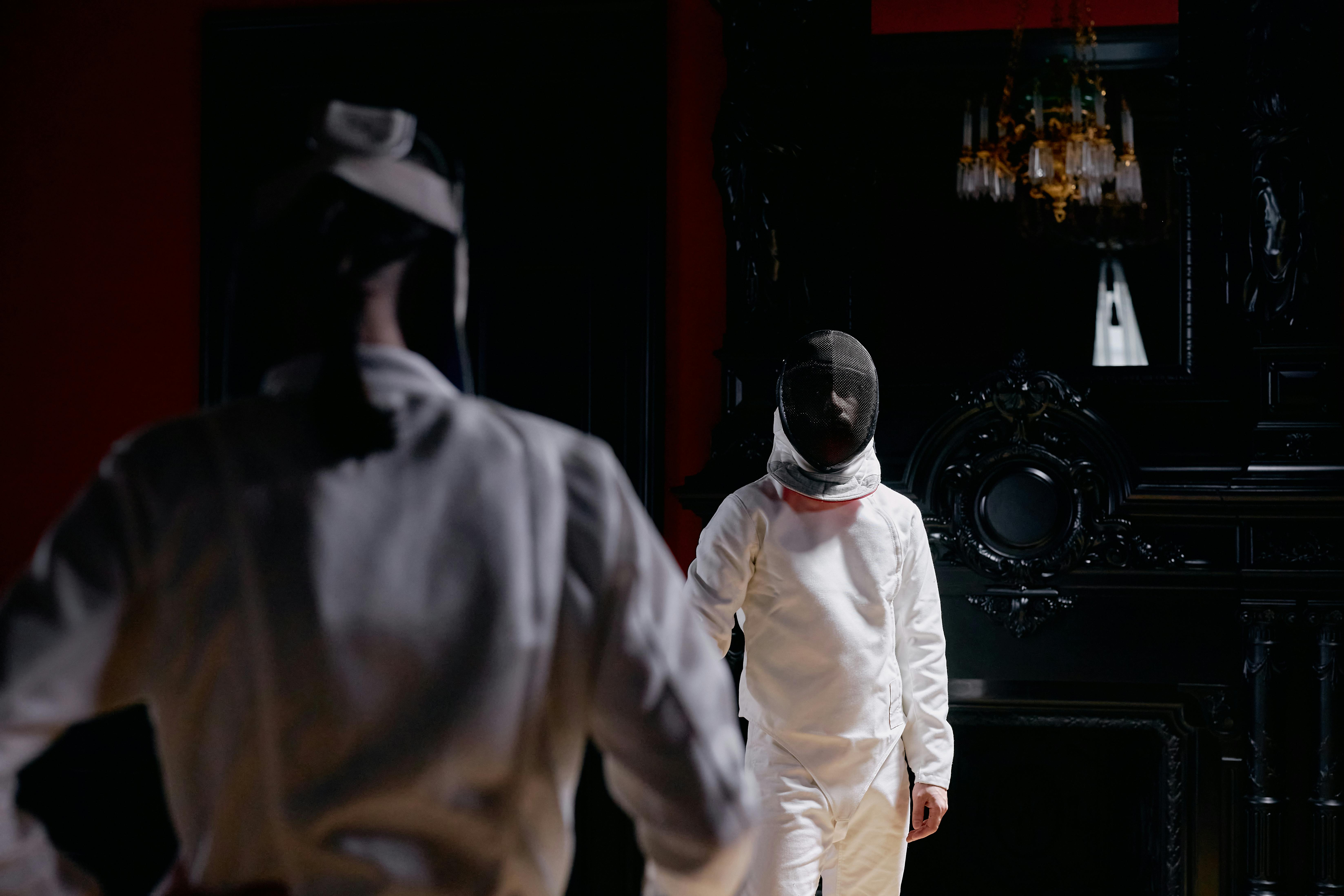The Intricacies of Fencing: A Sport of Precision, Discipline, and Strategy
Fencing, often regarded as the sport of nobles, marries the old world's chivalrous dueling traditions with the modern world's athletic rigor and strategic complexity. This article delves into the intricate world of fencing, tracing its historical roots, discussing its contemporary evolution, and exploring the training methodologies that shape this sophisticated sport.

The first recorded instance of fencing as a sport dates back to the 12th century. It was a form of military training before it evolved into an art form, a symbol of nobility, and a competitive sport. The core principles of honor, precision, and strategy have remained consistent through the changes, providing a fascinating blend of history and modernity.
A Trip Down Memory Lane: The Origin and Evolution of Fencing
Fencing originated in Spain in the 12th century, initially intended for military training. However, its artistry and strategic demands soon transformed it into a pastime for the nobility. The sport became a symbol of status, power, and intelligence, with dueling considered the test of a true gentleman.
The transformation of fencing into a competitive sport began in the late 19th century. In 1896, it was included in the inaugural modern Olympic Games, and since then, it has evolved into a high-speed, high-intensity sport that requires a unique blend of physical prowess and mental agility.
The Art of the Blade: Understanding the Three Weapons in Fencing
Fencing is divided into three disciplines: foil, épée, and sabre. Each discipline has a unique weapon, rules, and scoring system, adding layers of complexity to the sport. The foil is a lightweight weapon, focusing on precision and strategy. The épée is heavier, emphasizing strength and patience. The sabre, on the other hand, is a hybrid of the two, combining speed, precision, and power.
Training the Mind and Modern Training Methodologies in Fencing
Training for fencing is a unique blend of physical conditioning, technical skills, and mental strategy. Fencers need to be agile, quick, and strong, but they also need to be able to outthink their opponents, making split-second decisions that can mean the difference between victory and defeat.
Training incorporates a wide range of activities, from traditional strength and conditioning workouts to specific fencing drills and exercises. Mental training is also a crucial component, with fencers often working with psychologists to develop their strategic thinking, concentration, and stress management skills.
The Thrill of the Bout: The Contemporary Landscape of Fencing
Today, fencing is a sport enjoyed by millions around the world, from amateur enthusiasts to professional athletes competing at the highest level. The advent of electronic scoring has transformed the sport, making it faster and more dynamic while preserving its strategic depth.
Despite the sport’s evolution, the spirit of fencing remains grounded in its historical roots. The traditions of honor, respect, and discipline are still deeply ingrained in the sport, making fencing a unique blend of the old and the new.
Conclusion
Fencing is more than just a sport; it’s a testament to the human spirit’s capacity for strategy, discipline, and precision. Its historical roots, evolution, and modern training methodologies offer a fascinating study of how sports can adapt and thrive in a changing world while preserving their core principles. Whether as a casual hobby or a professional pursuit, fencing provides a physical and mental challenge unlike any other.




